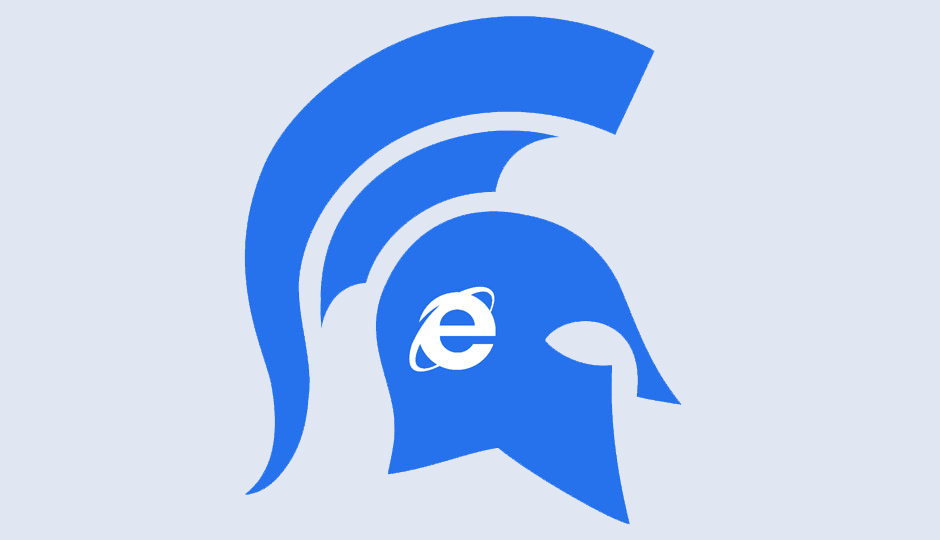Google on Windows and Android has released the latest Chrome 66 Beta version.
The Chrome 66 Beta version is available for download in the beta channel and it will restrict media auto playback and reduce browser crashes on Windows. There will be additional features like Chrome Home Duplex and a new Design tab on the Android app.
The Chrome 66 Beta version, which is in the beta phase, promises to block autoplaying videos with sound. Google was supposed to do it in Chrome 64 in the month of January, but the block on autoplay video will come along with the Chrome 66.
The Chrome 66 beta is expected for release in mid-April.
According to Google, the Chrome 66 beta will allow autoplay only when the video is muted or when the media does not play sound or if the user is interacting with the media on the site or has frequently accessed media on the same site. This ensures that there will be no unexpected video playbacks with sound as soon as the web page is opened.
The Chrome 66 beta will reduce the number of browser crashes caused due to third party software on Windows. It will display warnings in case a crash occurs.
As regards the Chrome 66 for Android, the Chrome Home Duplex replaces the Chrome Home bottom bar. There will also be a new sliding bottom toolbar to redirect to the New Tab page. It will be a quick way to launch bookmarks, but it is still in the development stage. It also includes a new Modern Design flag which has a rounded bar for URLs and icons. There will be a white background on the tab switcher and New Tab page.
A new Asynchronous Clipboard API will improve the read and write functions on the clipboard and the later Chrome versions will provide additional support for copy and paste functions of images and other data.
Earlier when the developers wanted to manipulate CSS properties, they had to do so by manipulating the strings for the browser and then convert it back to a typed form. The drawback was that when the value of the CSS property had to be read in Java, the typed value was converted back to a string.
With the Chrome 66, the CSS Typed Object Model (OM) Level 1 shows the CSS values as typed JavaScript objects instead of strings. The developers are able to write codes that can be maintained and easier to understand.The Chrome 66 Beta version is available for download in the beta channel and it will restrict media auto playback and reduce browser crashes on Windows. There will be additional features like Chrome Home Duplex and a new Design tab on the Android app.
The Chrome 66 Beta version, which is in the beta phase, promises to block autoplaying videos with sound. Google was supposed to do it in Chrome 64 in the month of January, but the block on autoplay video will come along with the Chrome 66.
The Chrome 66 beta is expected for release in mid-April.
According to Google, the Chrome 66 beta will allow autoplay only when the video is muted or when the media does not play sound or if the user is interacting with the media on the site or has frequently accessed media on the same site. This ensures that there will be no unexpected video playbacks with sound as soon as the web page is opened.
The Chrome 66 beta will reduce the number of browser crashes caused due to third party software on Windows. It will display warnings in case a crash occurs.
As regards the Chrome 66 for Android, the Chrome Home Duplex replaces the Chrome Home bottom bar. There will also be a new sliding bottom toolbar to redirect to the New Tab page. It will be a quick way to launch bookmarks, but it is still in the development stage. It also includes a new Modern Design flag which has a rounded bar for URLs and icons. There will be a white background on the tab switcher and New Tab page.
Features of Chrome 66 Beta:
AudioWorklet API
Earlier, the Script Processor Node was asynchronous and required thread hops, producing unstable audio output. For developers, the Chrome 66 has the new AudioWorklet API for enhancing audio performance. The AudioWorklet provides a synchronous JavaScript execution. With the help of a program, the developers will be able to control audio without any additional latency and provide higher stability in the output audio. Media streaming resolution will be better on websites with the new decoding Info API which determines the decoding capabilities of devices.Asynchronous Clipboard API
A new Asynchronous Clipboard API will improve the read and write functions on the clipboard and the later Chrome versions will provide additional support for copy and paste functions of images and other data.
CSS Typed Object Model
Earlier when the developers wanted to manipulate CSS properties, they had to do so by manipulating the strings for the browser and then convert it back to a typed form. The drawback was that when the value of the CSS property had to be read in Java, the typed value was converted back to a string.
ImageBitmap Rendering Context
Previously, in order to render an image on to a canvas, the first thing was to create an image tag and then the contents were rendered onto the canvas. In the process there were many copies of the image which were created and they had to be stored in memory. With the new ImageBitmap rendering context, there is no memory duplication and the ImageBitmap objects were rendered more efficiently.


















